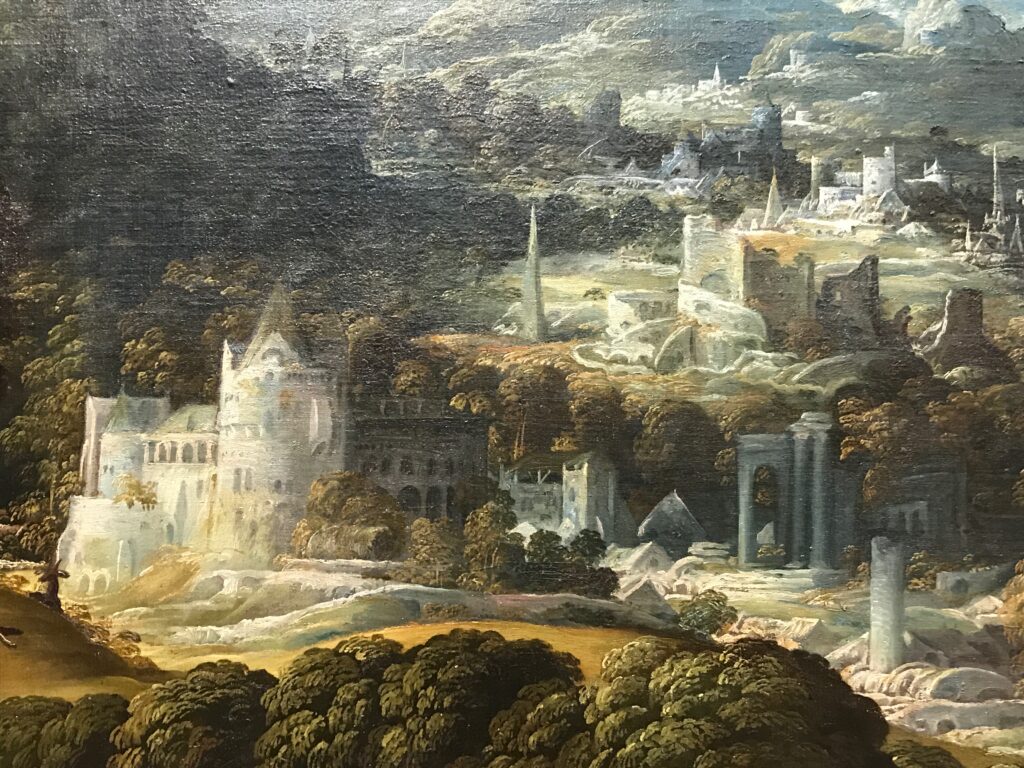COURSE DESCRIPTION FOR THE GRADUATE ACADEMIC FALL SEMESTER 2021

“Task of design: to give a sense to the objectives of architecture, to understand and interpret their foundation. That is to identify the cognitive structure, which interconnects the objects in a referential network.”
Giancarlo Durisch (Swiss architect)
Creativity as a balance between imagination and originality
The ambition of this fall design studio is to build on each of your undergraduate experiences in architecture by evaluating your skills initially through two charettes (two weeks), followed by a rapid conceptual exercise (one week) leading to a more complex 12-week project that is focused on a hybrid building type (health racket club and crematorium among five disparate functions) located in the urban environment of nearby Roanoke.
It is assumed that you have the necessary undergraduate design foundation, in particular skills that pertain to the setting in space of ideas, therefore, mastering your creativity will be the focus of this semester’s design studio. The central task for each student will be to define your personal sensitivity towards design issues. This is achieved through questions of imagination and originality and their similarities and dissonances as they pertain to the making of architectural space. As you re-define those mental (imagination and originality) and physical (the making) attributes in contemporary ways, it is tacitly agreed that clichés are no longer used to validate your creative endeavors.
You will bear the responsibility for the pertinence of your project, your design process, and the quality of the deliverables. It is my desire as your faculty to set forth the following teaching challenge. How would you customize practicality, flexibility, spatial ergonomics, and hybrid relationships? All of the above themes focus on the experiential aspect of users; concepts that are not mutually exclusive, and accept the need for a strong thesis statement —although I believe that there is often more sophistication and hard work beyond a pure architectural thesis.
Fall 2021
- How do you raise the problem of context: the integration of the project into a referential frame of intellectual coordinates?
- How do you raise the problem of the significance of your answer to the project: connections that will be defined by the author’s affinities (decisions that are the result of qualitative and quantitative forces)?
- How do you raise the problem of history and memory: the establishment of potential meanings for the project through systems of analogies?
- How do you raise the significance of form versus geometry: ontological (nature of being) and epistemological (nature of knowledge) questions?
- How do you raise the problem of detailing and dimensioning: a sine qua non condition of the act of building?
By the end of the fall semester, students will have acquired the following:
- Awareness of the potential of an architecture in search of poetry, differentiating building from architecture;
- Mastering what constitutes an idea, a concept, a partie, and a design strategy;
- Ability to develop elegant programs based on a set of complex and dissonant functional requirements;
- Furthering of their ability to attribute to a project a clear set of theoretical premises and defined strategies;
- And an authentic and autobiographical sense of designing their project.
To refresh their appreciation of fundamentals I invite the students to read blogs related to their interests. Many of them were created in response to the past student cohorts and feature fundamental design themes, often accompanied by work conducted in the studio context: https://atelierdehahn.com/blog/
Fall 2021
Syllabus 1
Syllabus 2
Schedule
Charette 1
Project 1
Student artifacts
Project 2